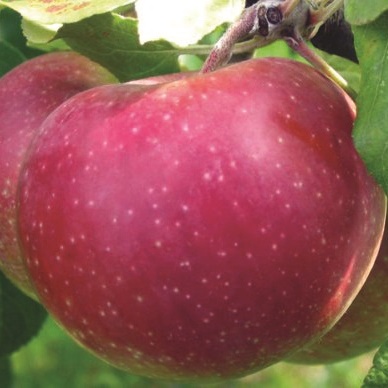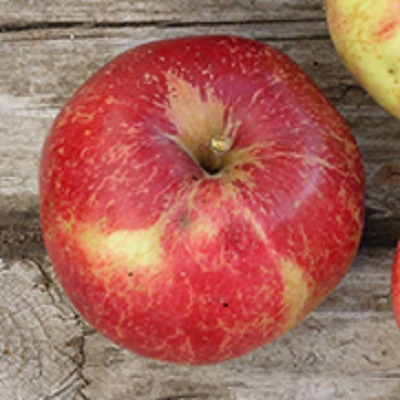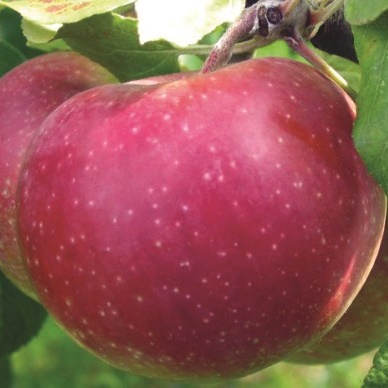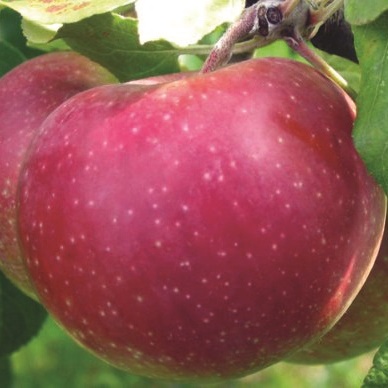Apple : SNOW Dwarf (B10) (Orchard Grade)
$37.95
An 'orchard grade' is a tree that may be somewhat shorter, slightly crooked, or a bit scratched, or for some other reason is not a perfect front lawn specimen. These trees will work just as well in an orchard as a first or number one would, since they still produce the very same fruit.
The real name of this heirloom variety is 'Fameuse'. It is thought to have arrived in Canada with early French settlers in the late 1600s. The common name of 'Snow' refers to the bright white flesh of this small-medium sized ruby red apple. Pleasantly mild, tender fruit cooks up into a fluffy, white sauce. It also makes excellent sweet cider and some old timers still consider it their favourite eating apple. The Snow is reputed to be one of the highest for Vitamin C content. One of very few apples that grow quite true-to-type from seed. Snow is rather susceptible to scab. Keeps till Christmas.
NEEDS A POLLENIZER | ZONE 4/5 | HARVEST: MID SEPT
Only logged in customers who have purchased this product may leave a review.
Growing Tips
Besides selecting the most disease resistant varieties, there are
a few simple things to do to have better apples.
- Fertilize under the outer edges of your trees. There are no feeder roots next to the trunk. A well fed tree stays healthier. (Adequate calcium in the soil also helps so that apples keep longer.)
- Pick up fallen fruit and compost, dispose of, or feed to livestock (where possible).
- Rake up leaves in the fall and compost them away from the orchard.
- Prune trees to encourage light and air to reach the inside of the tree.
- Provide bird nesting sites near your orchard. A variety of orchard companion type plants will attract native pollinator insects and also encourage birds to come and eat insect pests.





Reviews
There are no reviews yet.